An Dinh Palace, located at 97 Phan Dinh Phung (Hue City, Thua Thien-Hue), is one of the unique architectural works of the Nguyen Dynasty, recognized by UNESCO as a world cultural heritage. Today, this work is also an unmissable destination for many tourists to Hue.
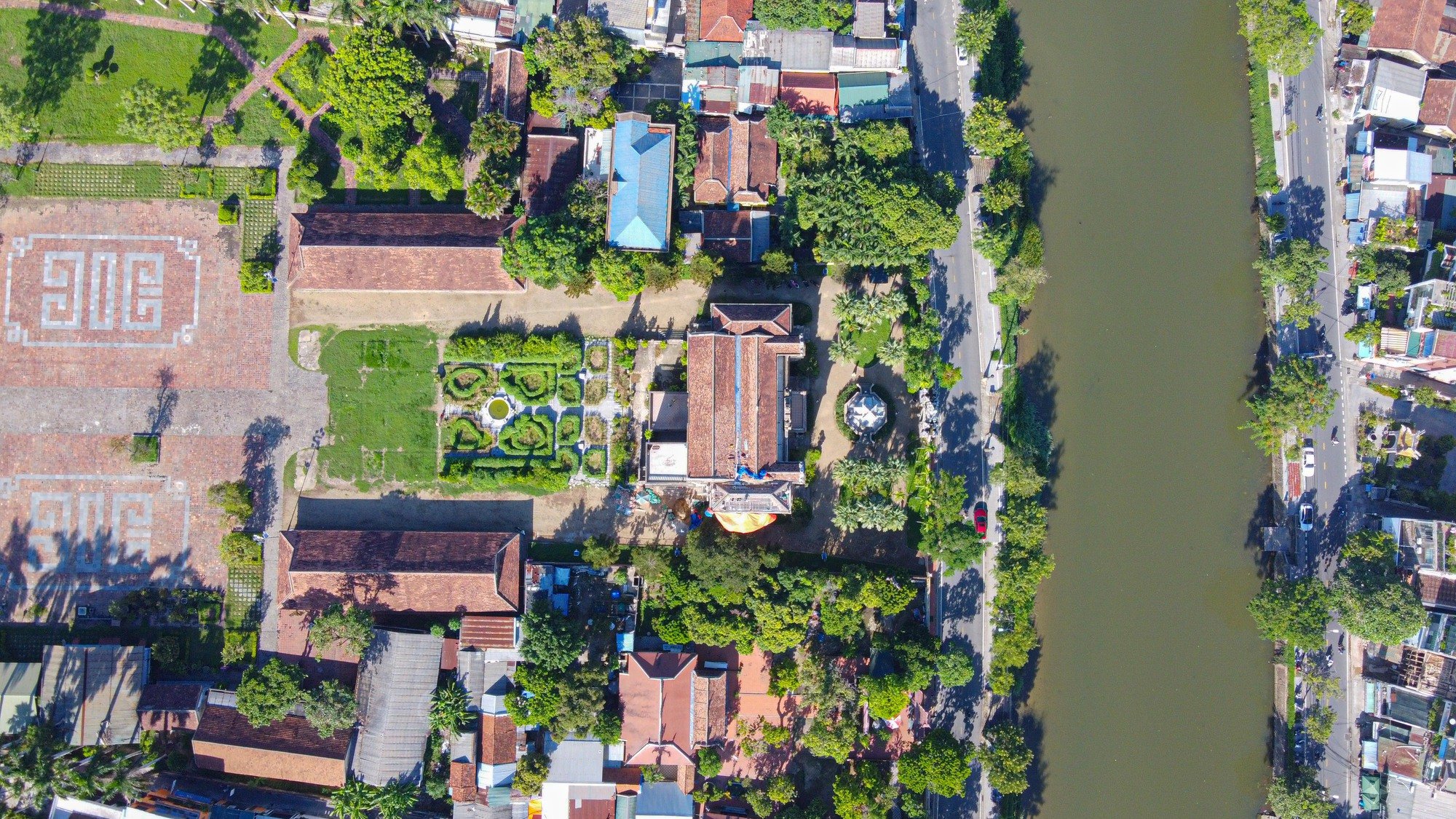
An Dinh Palace is located at 97 Phan Dinh Phung (Hue City), facing south, towards An Cuu River.
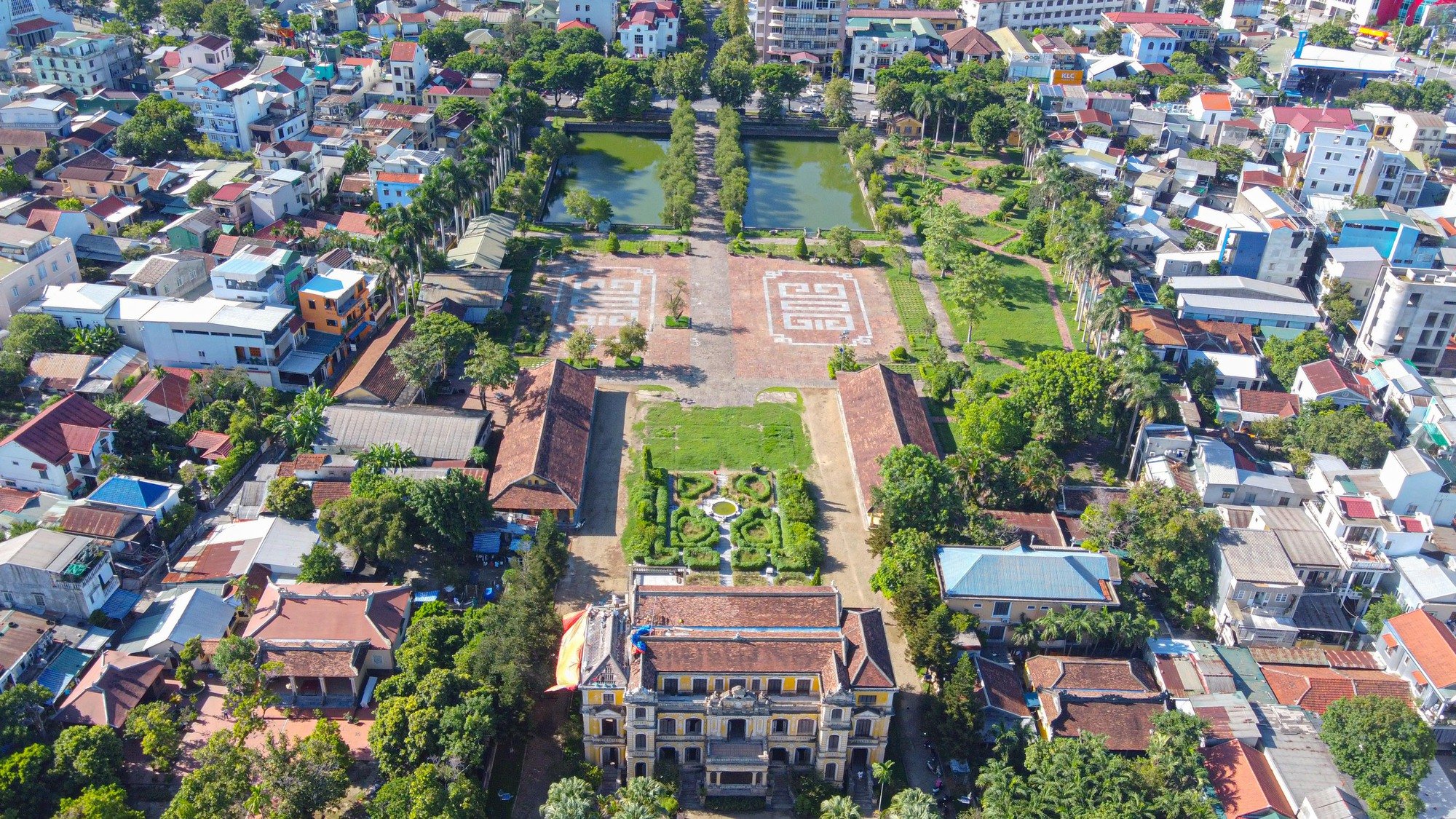
The palace has a flat terrain with a total area of 23,463m², built in the style of castles commonly found in Europe.
"I learned about this destination through social media and photos from friends who have traveled to Hue. The impression of An Dinh Palace is the European architecture mixed with the classical style of Hue royal court. In my opinion, young people coming here should choose traditional costumes such as ao dai and ancient costumes, which will be very suitable for impressive photos," Le Van Phu (27 years old, tourist from Ho Chi Minh City) shared.
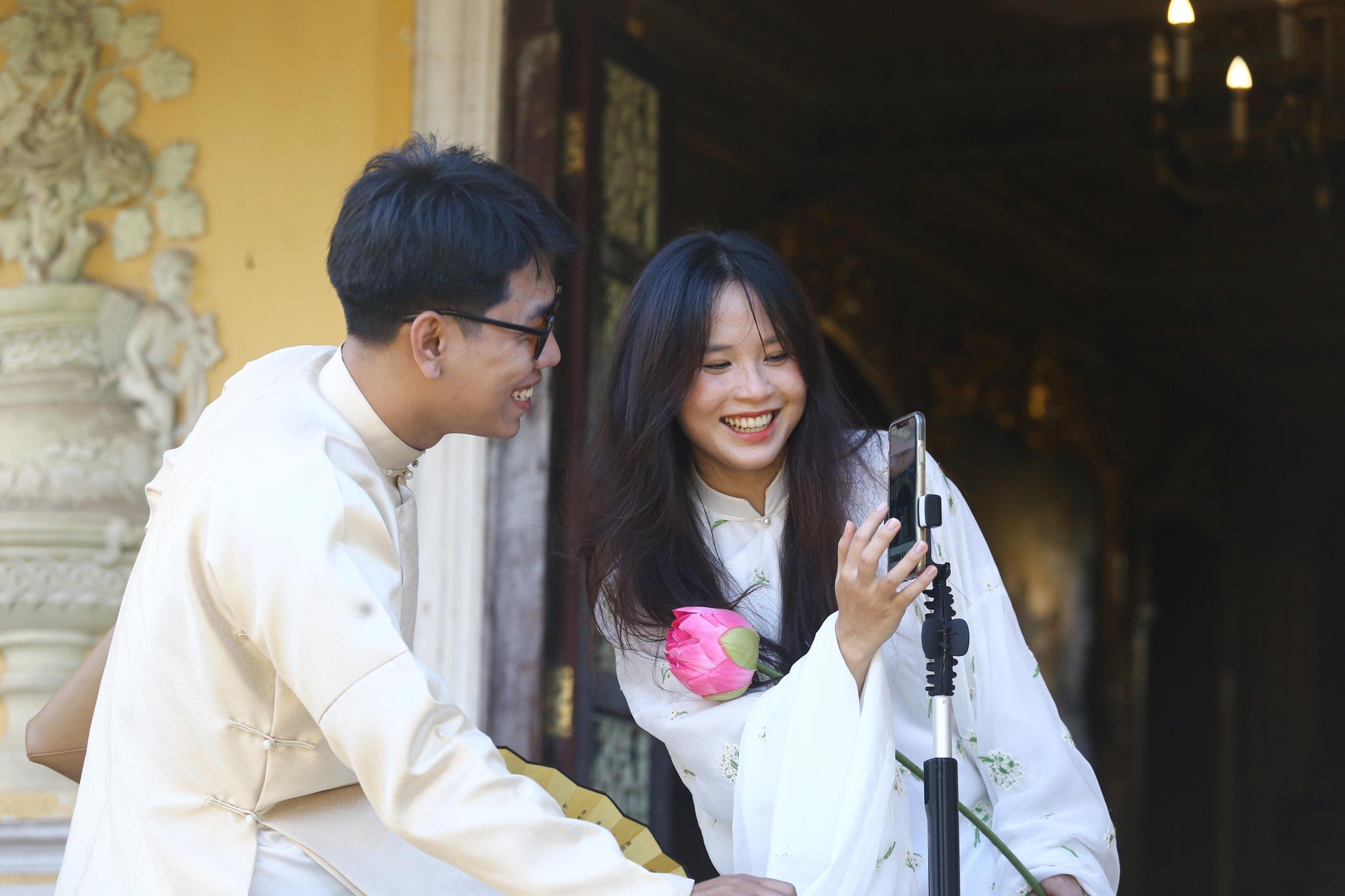
Young people in Ao Dai check-in at An Dinh Palace
Some older tourists come to this place because they want to learn about history and see with their own eyes the place where the Nguyen Dynasty royal family used to live. After visiting the Hue Imperial City, Ms. Hoang Thanh Tien (52 years old, a tourist from Hanoi) expressed her excitement when choosing An Dinh Palace as her second destination. Because through many books and newspapers, this tourist knew that this was once the residence of Queen Nam Phuong...
"For me, seeing the artifacts of the Nguyen Dynasty palace with my own eyes is a valuable experience during this trip to Hue. I hope the project will be effectively preserved and further promoted," said Ms. Tien.
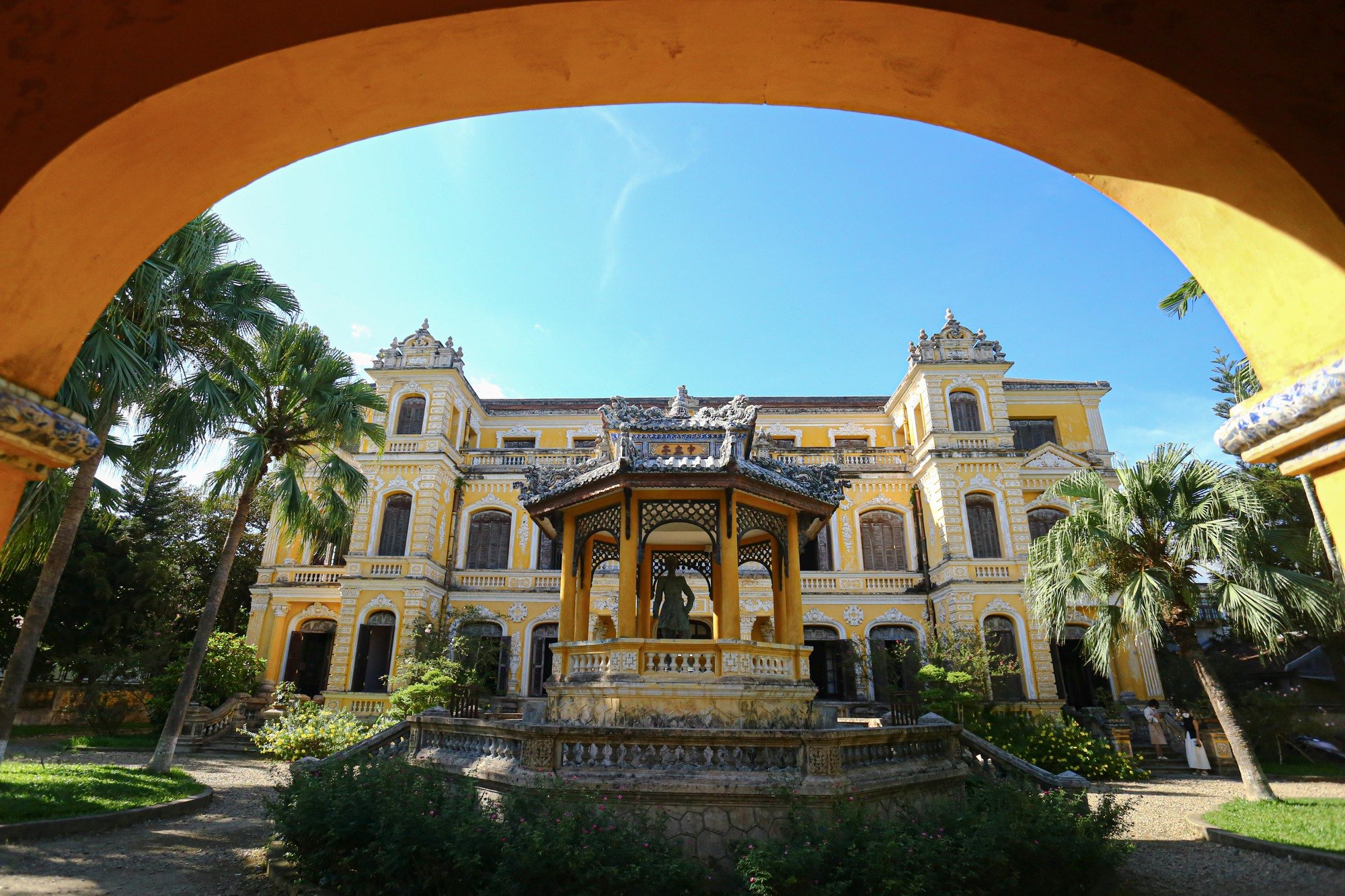
Trung Lap Communal House, located inside the gate, has an octagonal structure and a high foundation. Inside the communal house is a life-sized bronze statue of King Khai Dinh, cast in 1920.
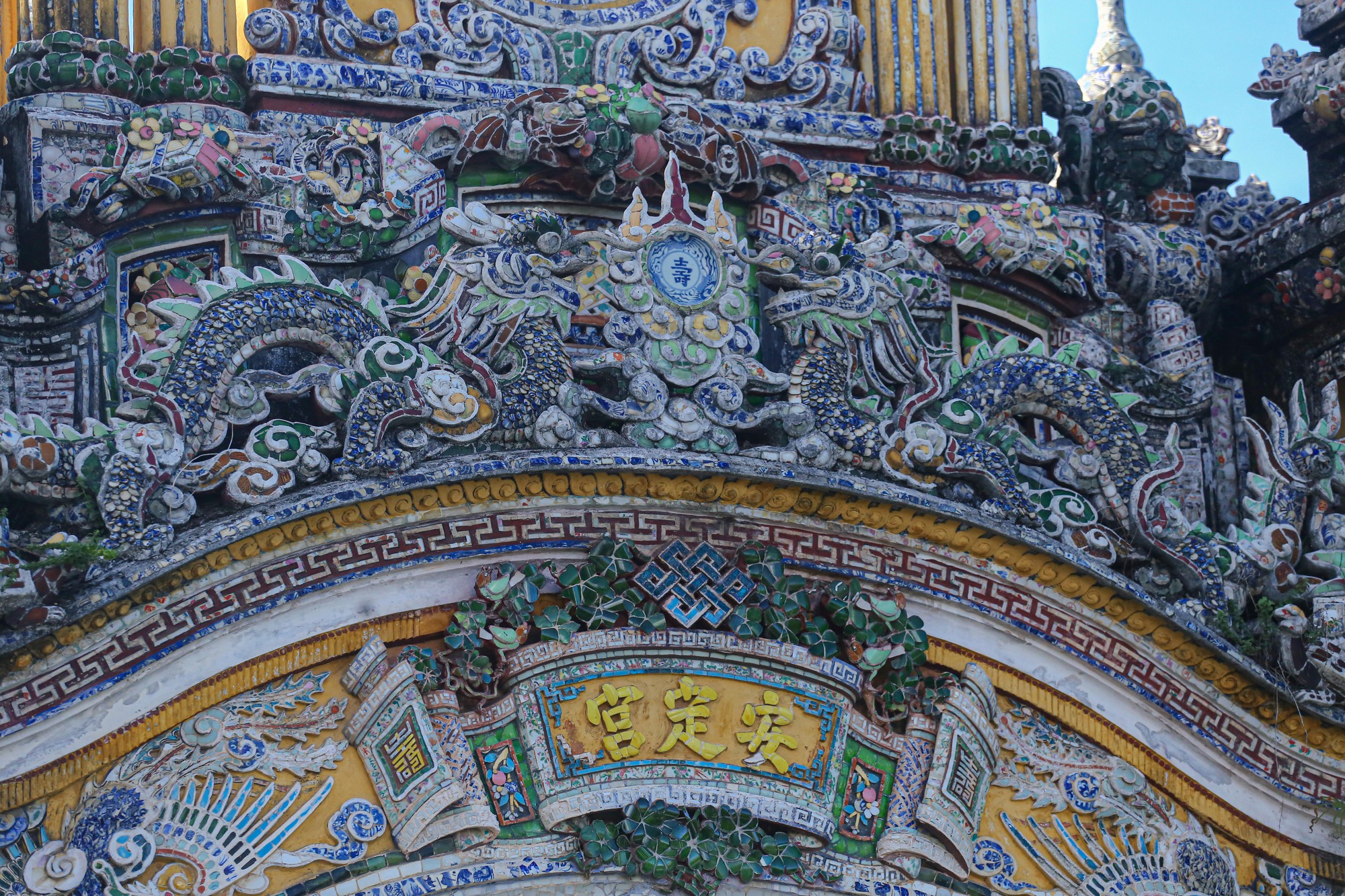
Elaborately embossed ceramic decorations on the main gate of An Dinh Palace
According to historical documents, in 1901, Crown Prince Nguyen Phuc Buu Dao (King Khai Dinh) decided to establish a separate palace, named An Dinh Palace. In 1917, when he officially ascended the throne, King Khai Dinh ordered soldiers to renovate the building in a modern architectural style. After 2 years, the construction process was officially completed.
In 1922, according to the king's wishes, An Dinh Palace was given to Crown Prince Vinh Thuy (King Bao Dai). After ascending the throne, he and his wife and children lived and experienced many events here. After the August Revolution, the Nguyen Dynasty declined, King Bao Dai and his family moved from the royal palace to live in An Dinh for a short time before moving abroad to settle down.
Later, Lady Tu Cung (the last empress dowager of the Nguyen Dynasty) donated An Dinh Palace to the revolutionary government. This place was degraded, then restored and exists until today.
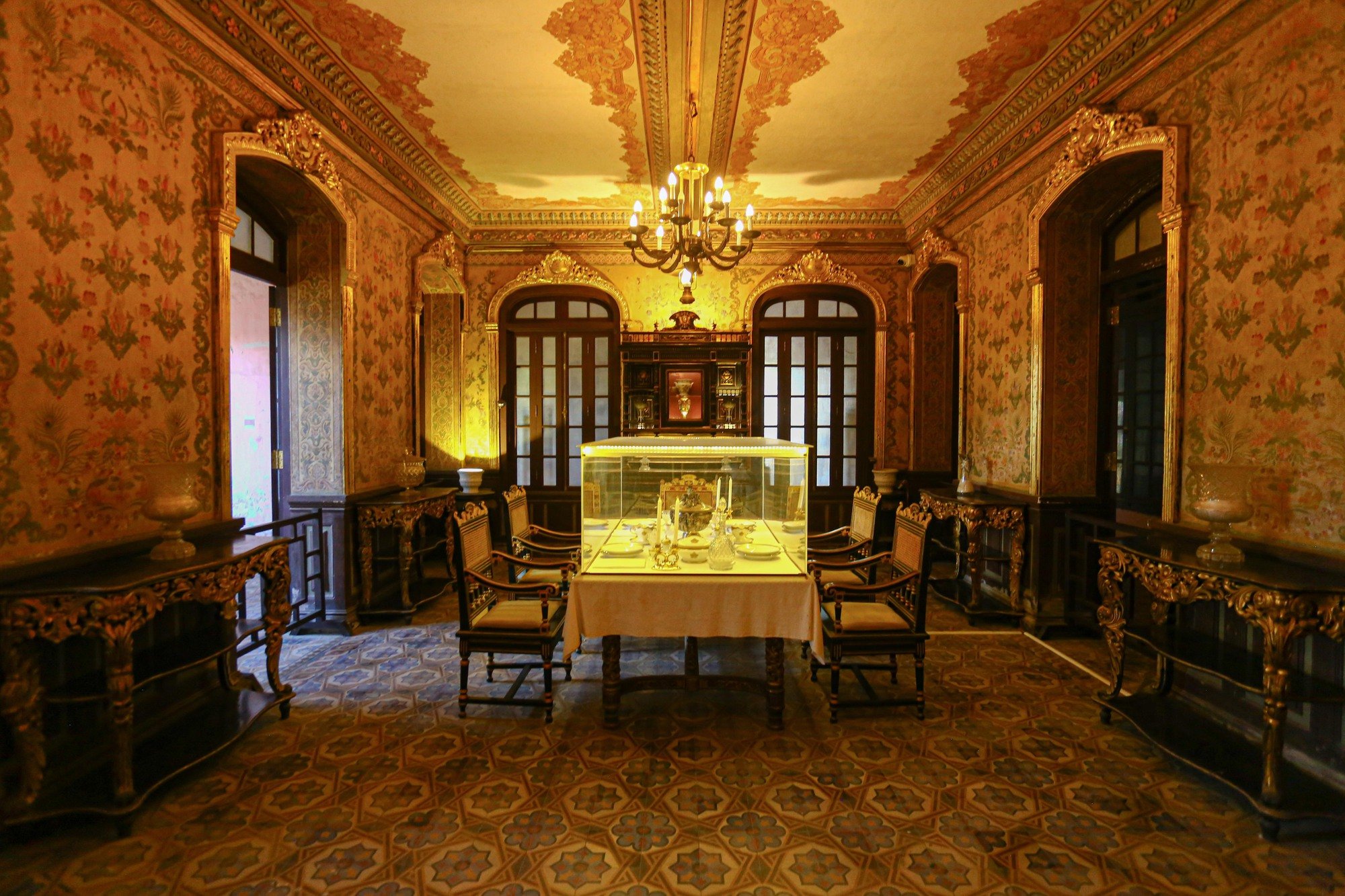
The inside of Khai Tuong building has modern Western architecture.
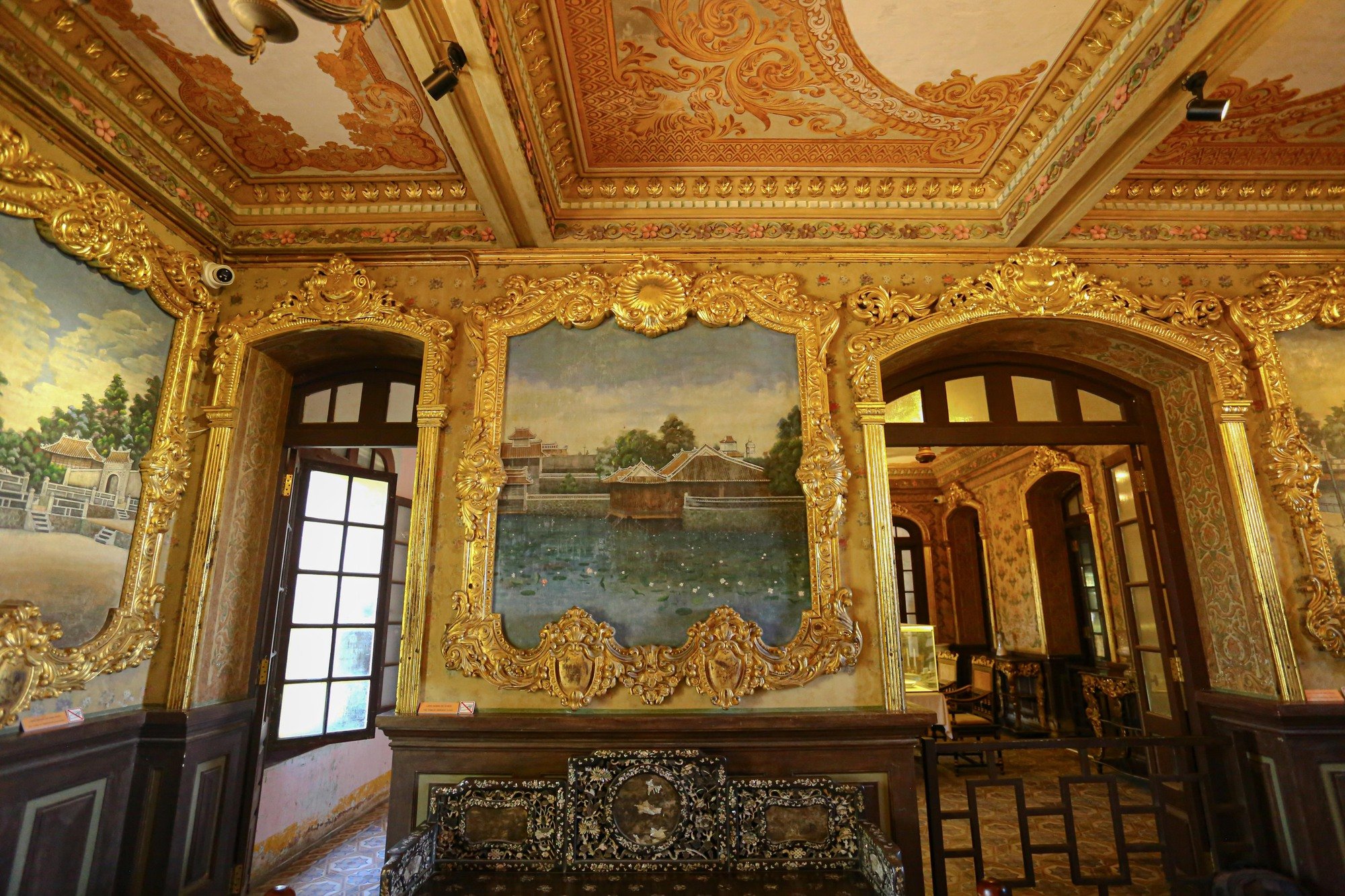
The floors are very elaborately decorated, especially the interior of the first floor with murals of high artistic value.
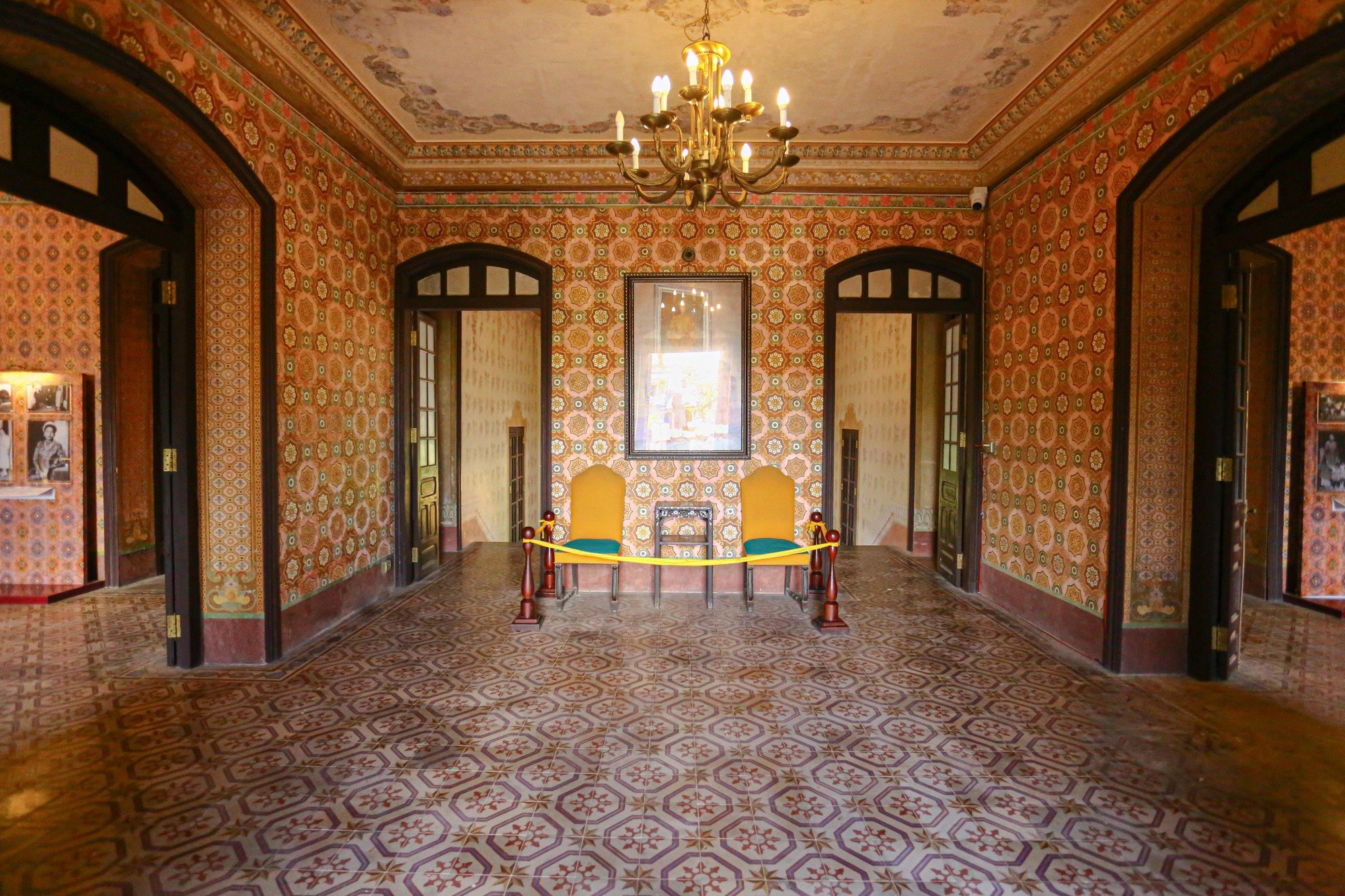
This place still preserves many artifacts of the Nguyen Dynasty royal family.
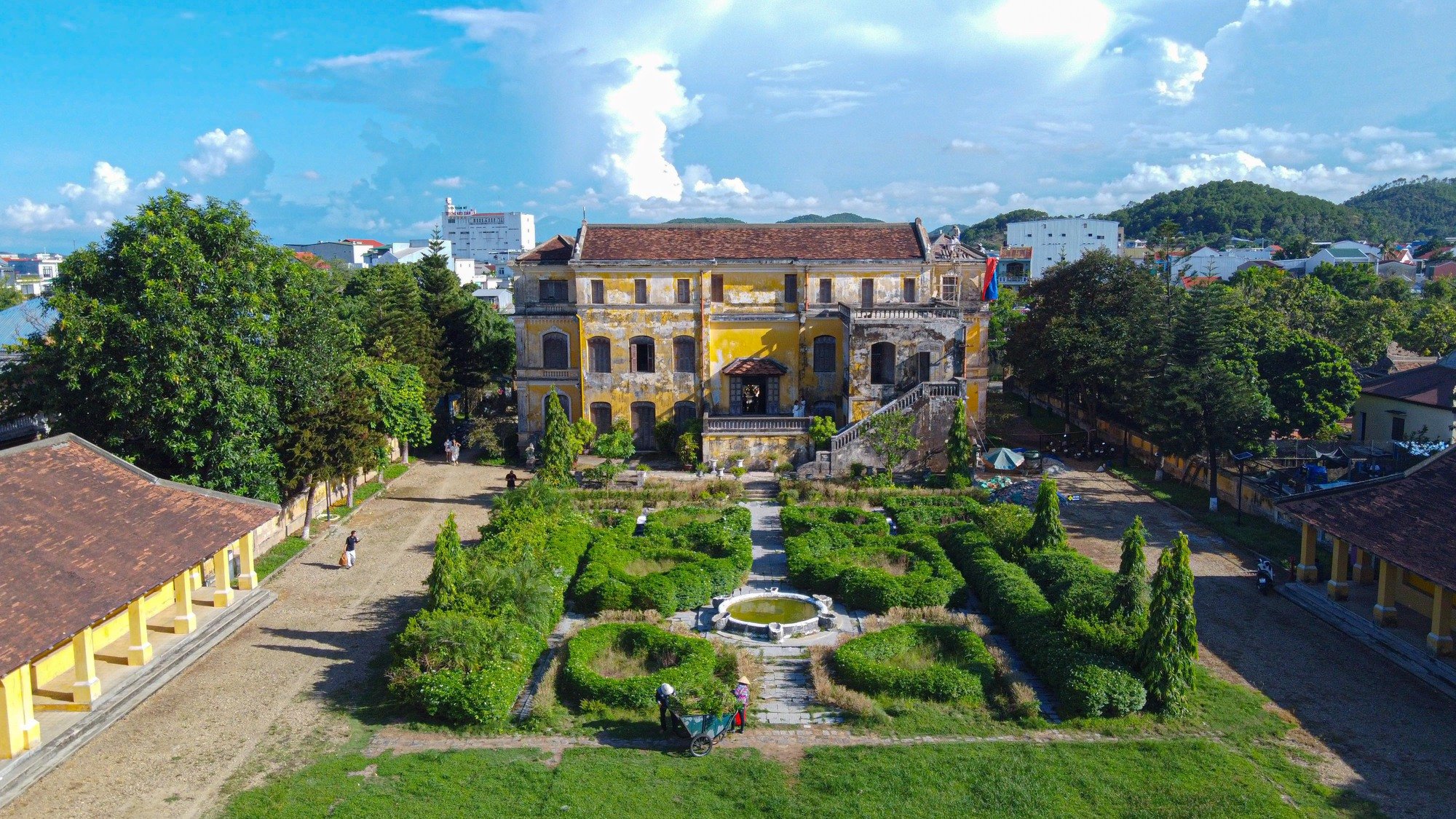
Behind An Dinh Palace is a large yard, planted with green grass.
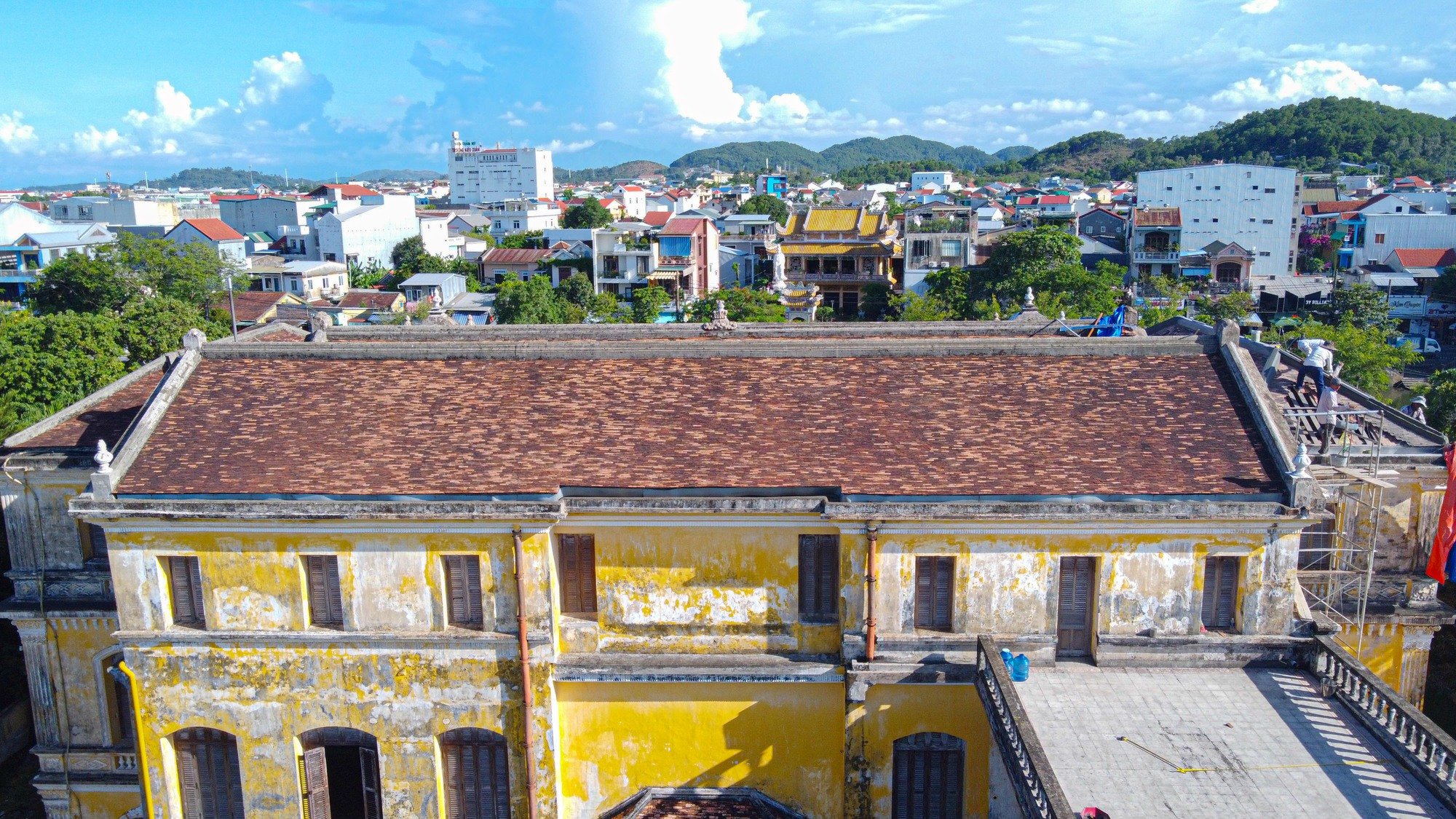
Currently, some tiled roof items of Khai Tuong tower are being restored by the Hue Monuments Conservation Center.
Source link








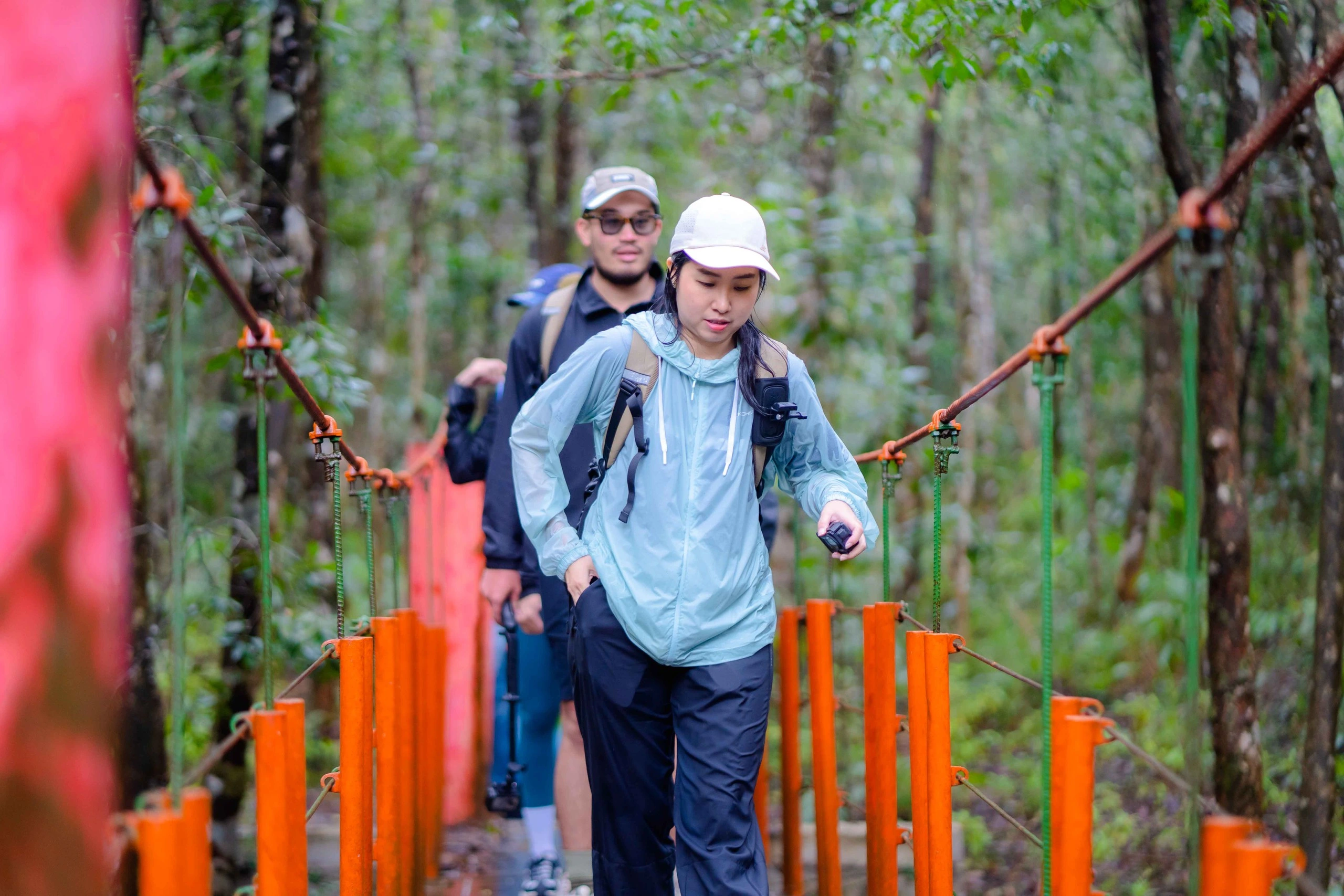
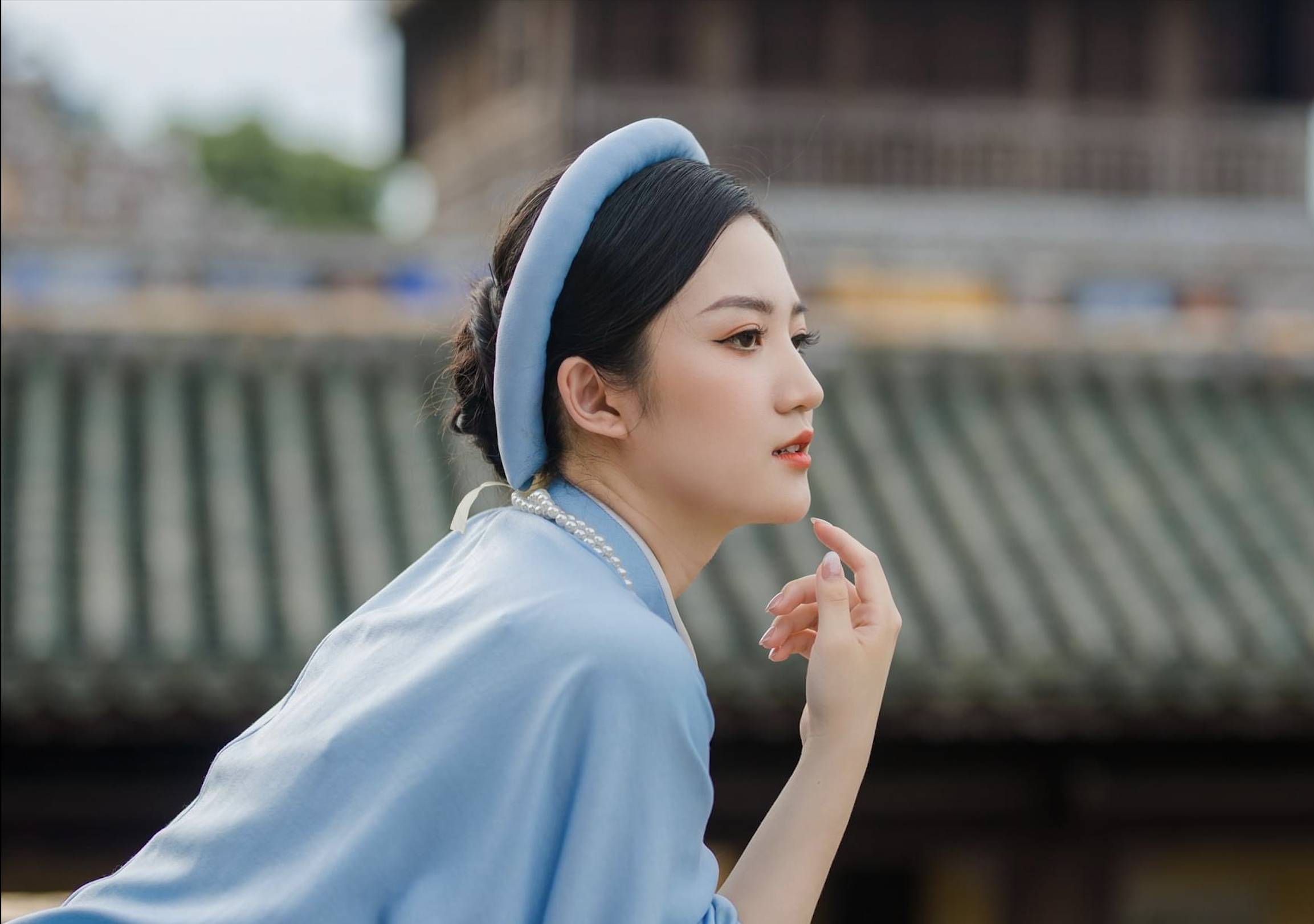

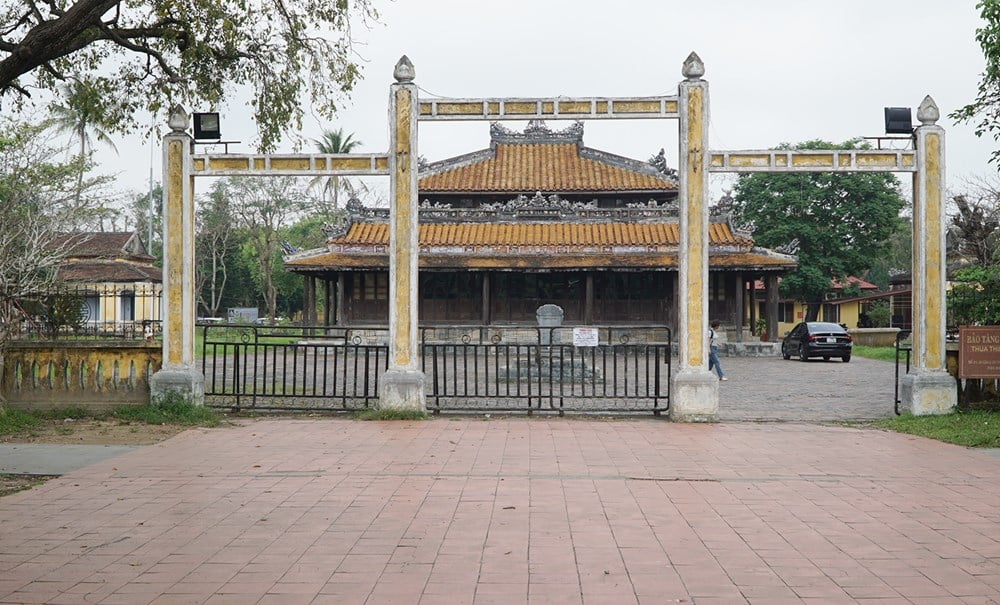

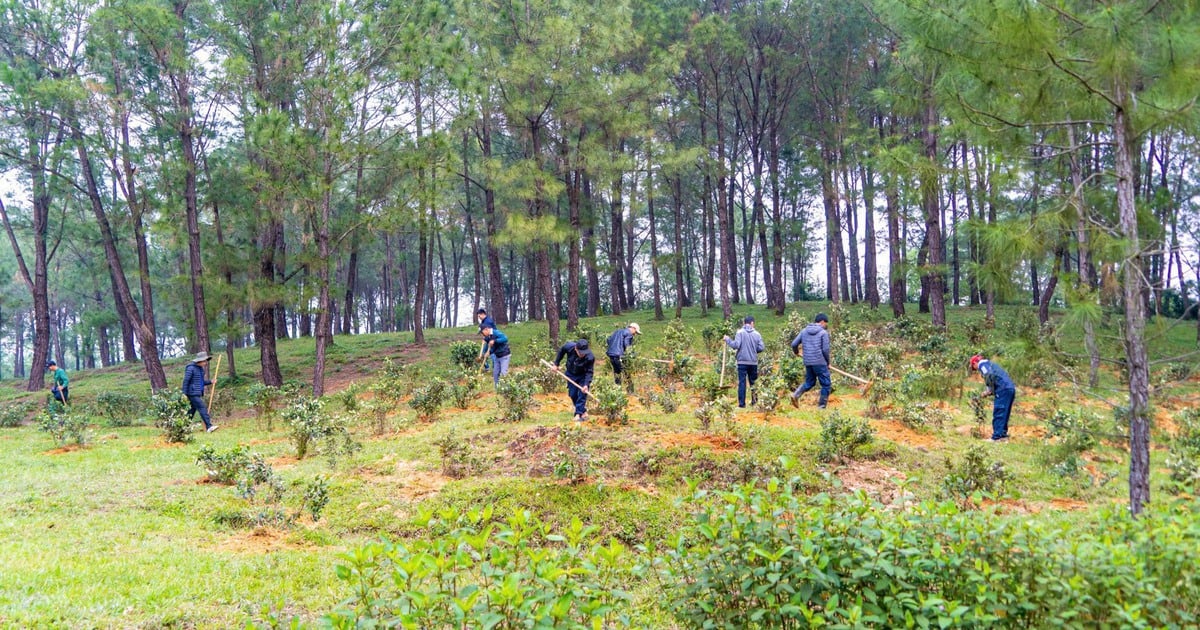
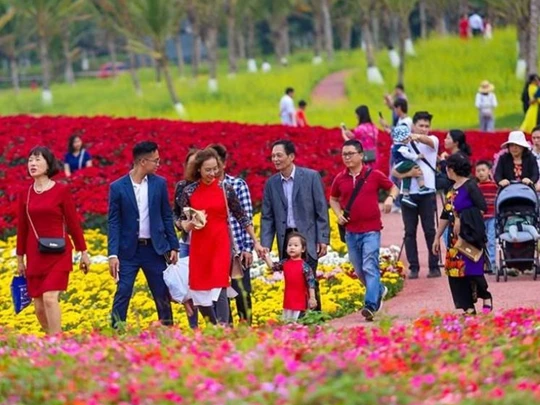

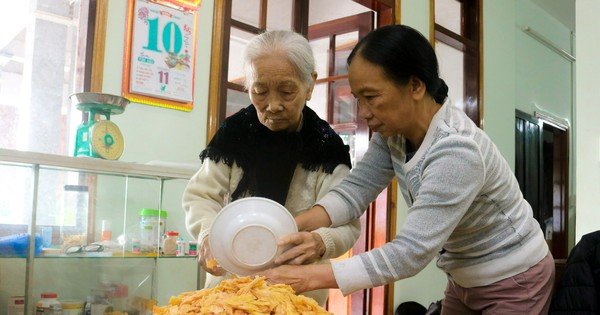

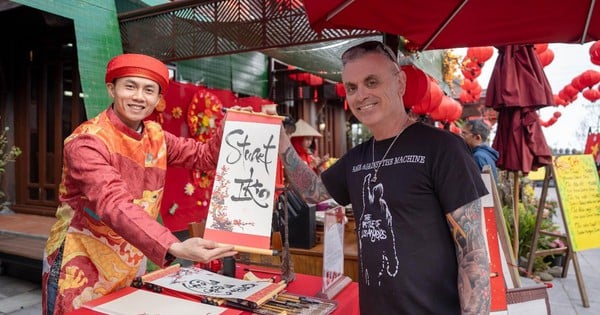

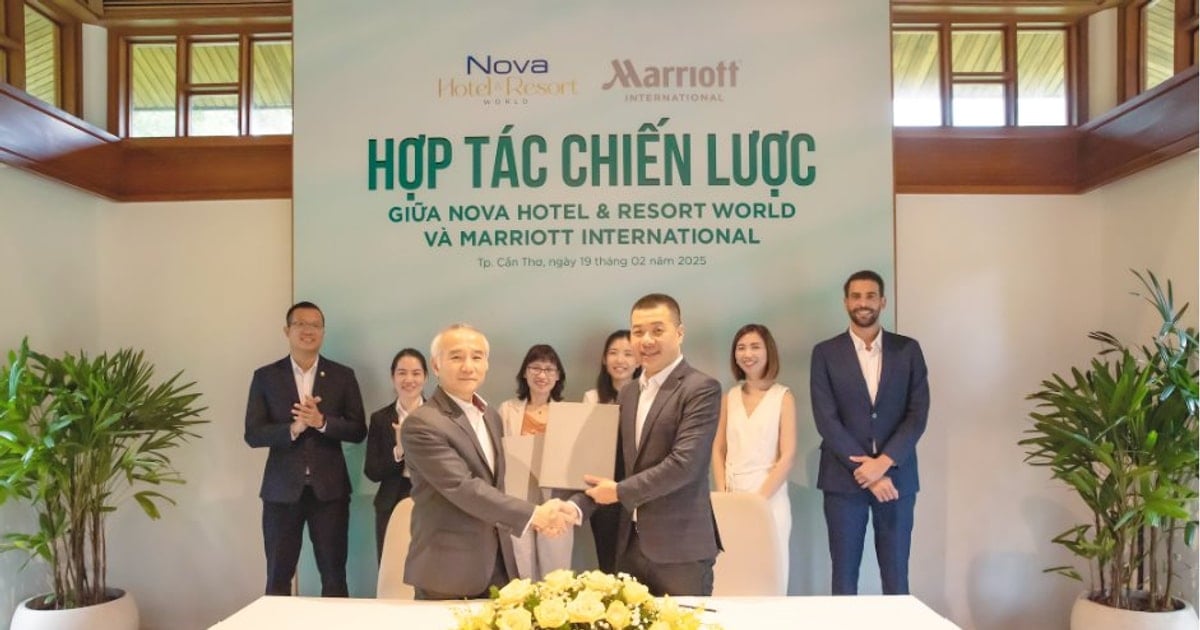





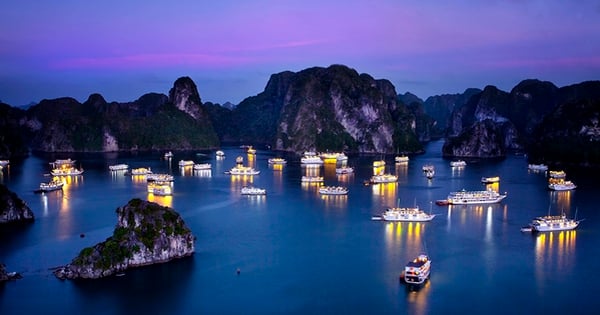










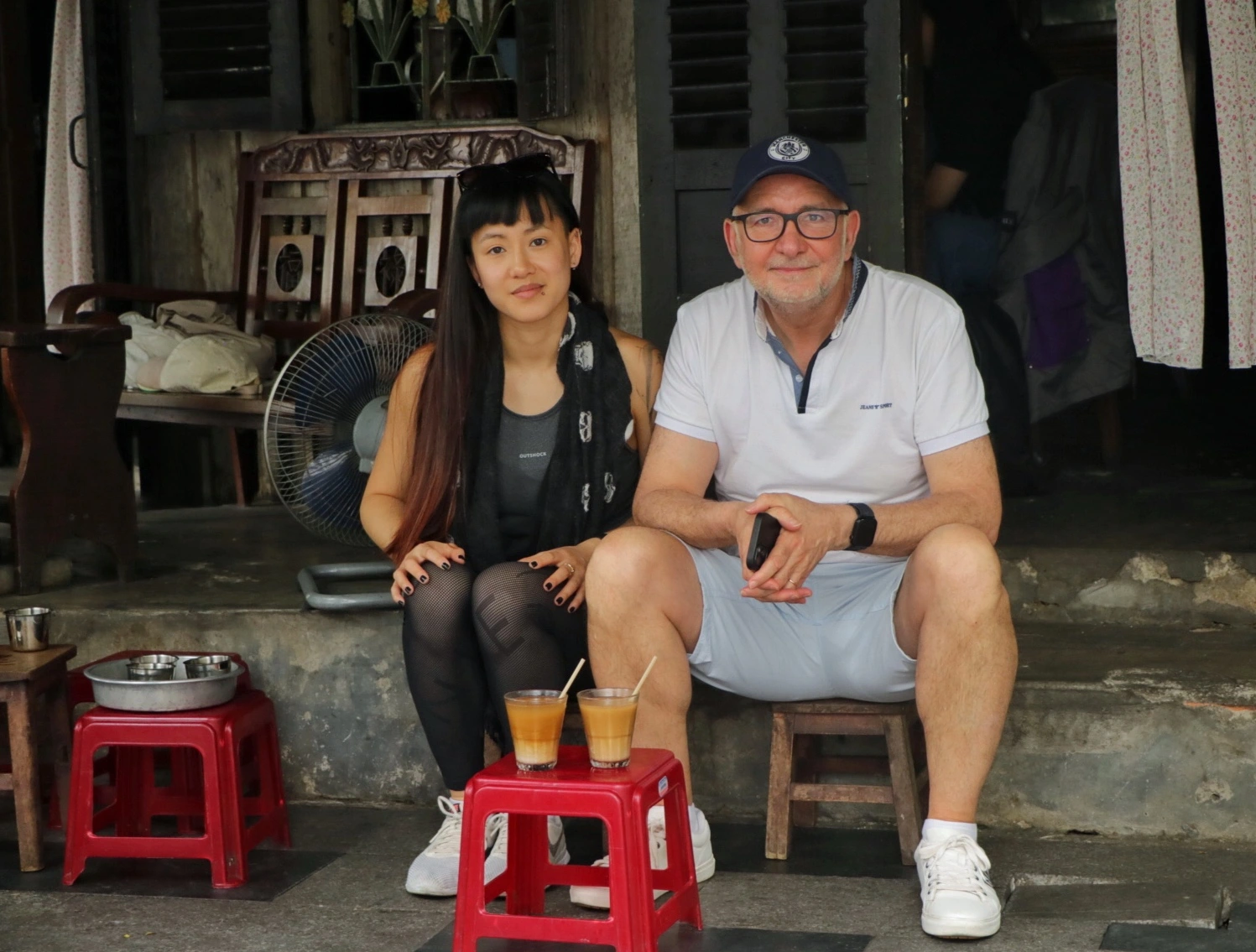
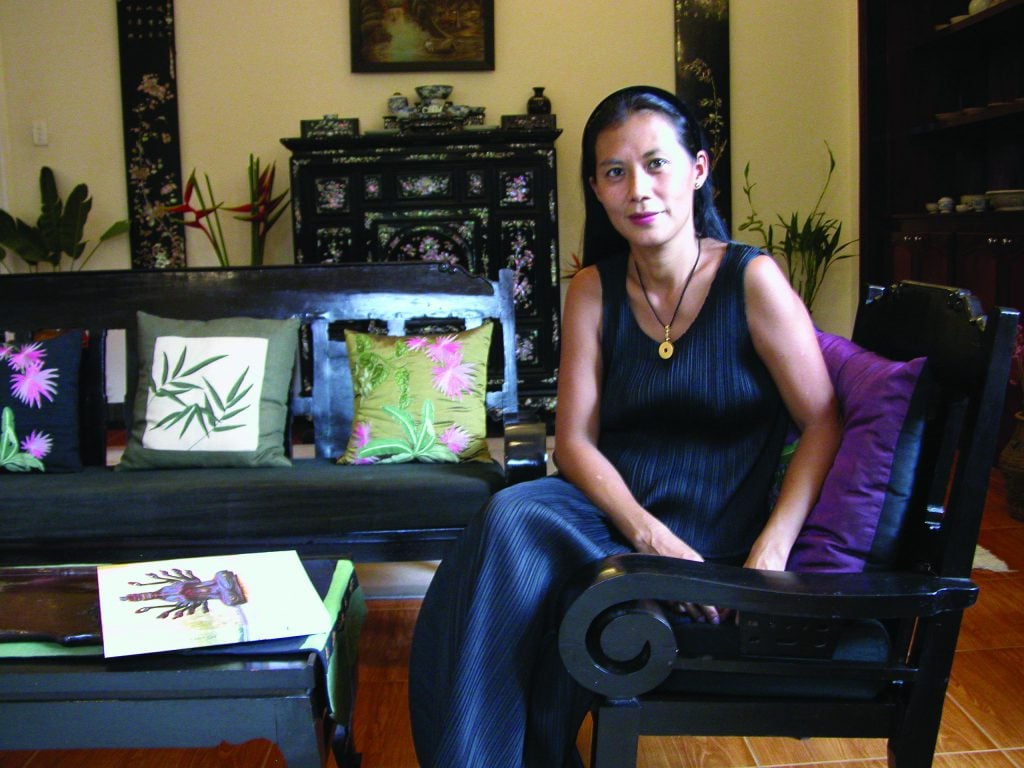



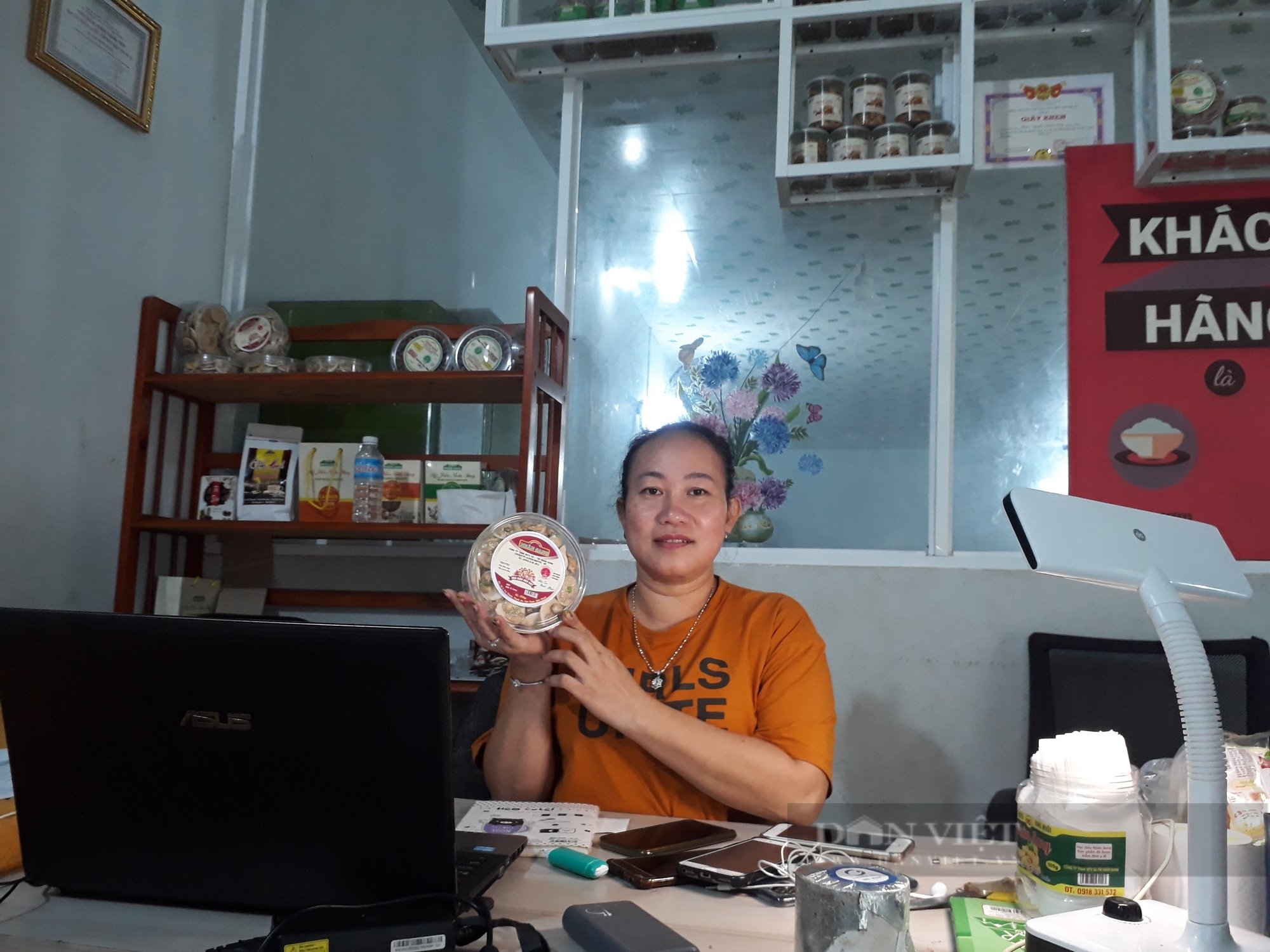

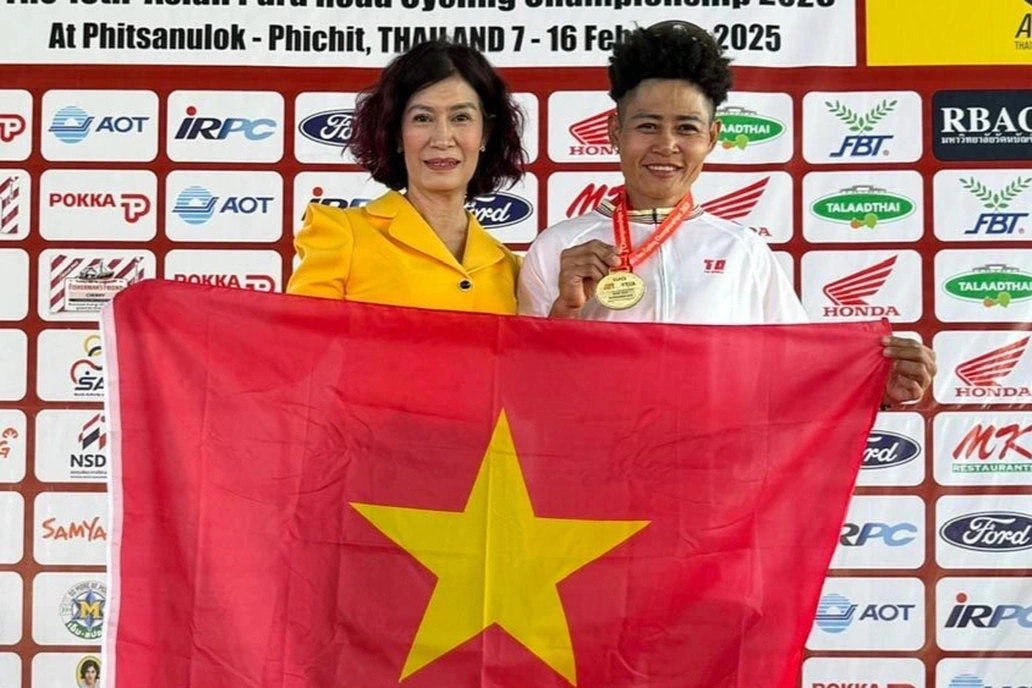

Comment (0)